Giant Hogweed
Poisonous to the touch.
- Carrot or Parsley (Apiaceae family):
- Heracleum mantegazzianum Somm. & Lev.
- EPPO code:
- HERMZ
- Other names:
- Hogweed
Species information
- Lifecycle:
- Short lived perennial, sometimes biennial.
- Propagation:
- Reproduces by seed.
- Emergence:
- Seedlings germinate in the spring, late summer and early fall.
- Habitat:
- Giant hogweed grows throughout Ontario along the edge of moist areas and in meadows.
- Competitiveness:
- Traditionally, giant hogweed is not found in field crops as the plant does not thrive in disturbed environments, but it has been creeping into forage and pasture fields that are close to river flats.
- Toxicity:
- Sap from giant hogweed’s broken stalks, leaves and flowers can cause phytophotodermatitis (skin irritation) in humans. Symptoms may appear 24–48 hours following contact with sap and are triggered by UV rays (sun exposure); they range from red skin to large blisters that do not spread or itch the way poison ivy rashes do.
Identification clues
Leaves
- Cotyledons:
- Elongated and narrowing at the base into a long stalk.
- Young leaves:
- Giant hogweed’s first true leaves are round with wavy-toothed margins on hairy, red-speckled petioles (stalks).
- Mature leaves:
- Basal rosette leaves are divided into three broad leaflets that are deeply lobed and toothed with veins that run to the top of the leaf tips. On large plants, they can reach up to 1 m wide. Stem leaves appear similar, but smaller.
Mature plant
- Stem:
- The stem of giant hogweed is covered in reddish-purple speckles and short whisker-like hairs. It is hollow and grows up to 4.5 m tall and 10 cm in diameter. In the early spring giant hogweed will grow as fast as 10 cm/day.
- Flowers:
- The flowering head of giant hogweed is umbrella-shaped and 40–60 cm wide, but can be as much as 1.2 m across. Its flowers have white petals. When flower heads are cut to stop the spread of seed, the plant will produce a new flower head within 7–10 days. Giant hogweed flowers from June to August.
- Seeds:
- oval and about 10 mm long, yellowish-brown with four prominent brown oil ducts.
- Roots:
- Giant hogweed has a taproot that will reach a depths of over 1 m.
Often mistaken for
I know it's not cow parsnip because Giant hogweed is a much larger plant (it can grow to be 4.5 m tall and has larger stems, leaves and flowers). Hogweed stems have reddish-purple speckles as compared to the more or less green stem of cow parsnip.
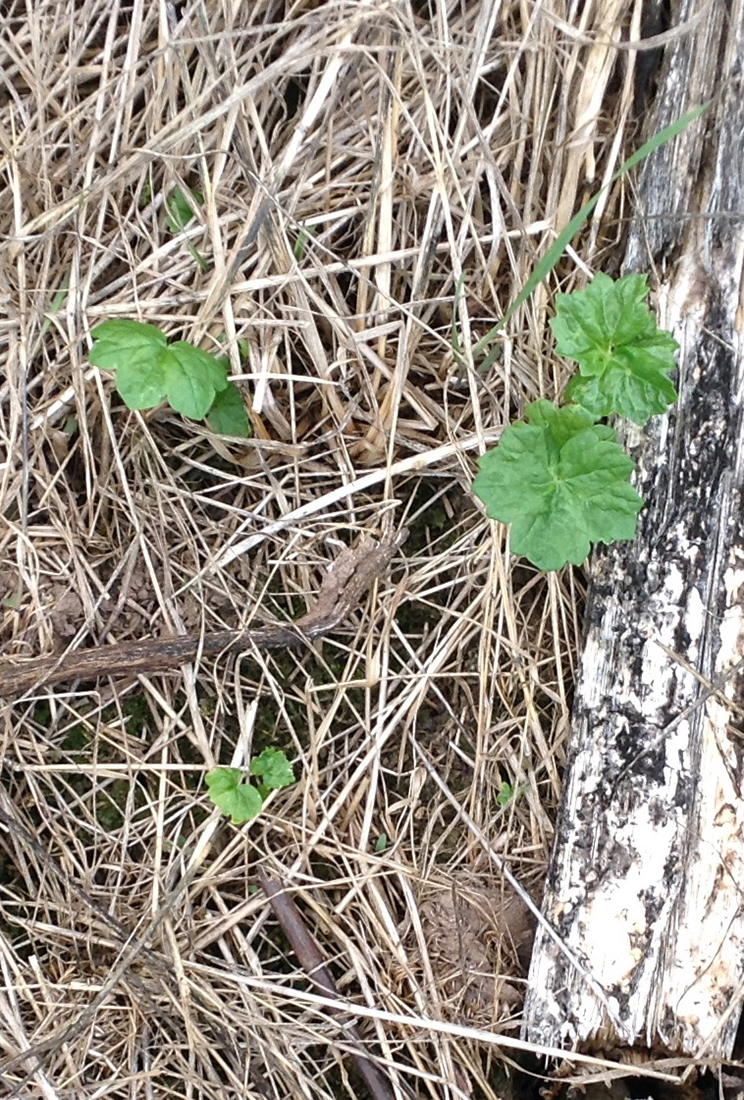
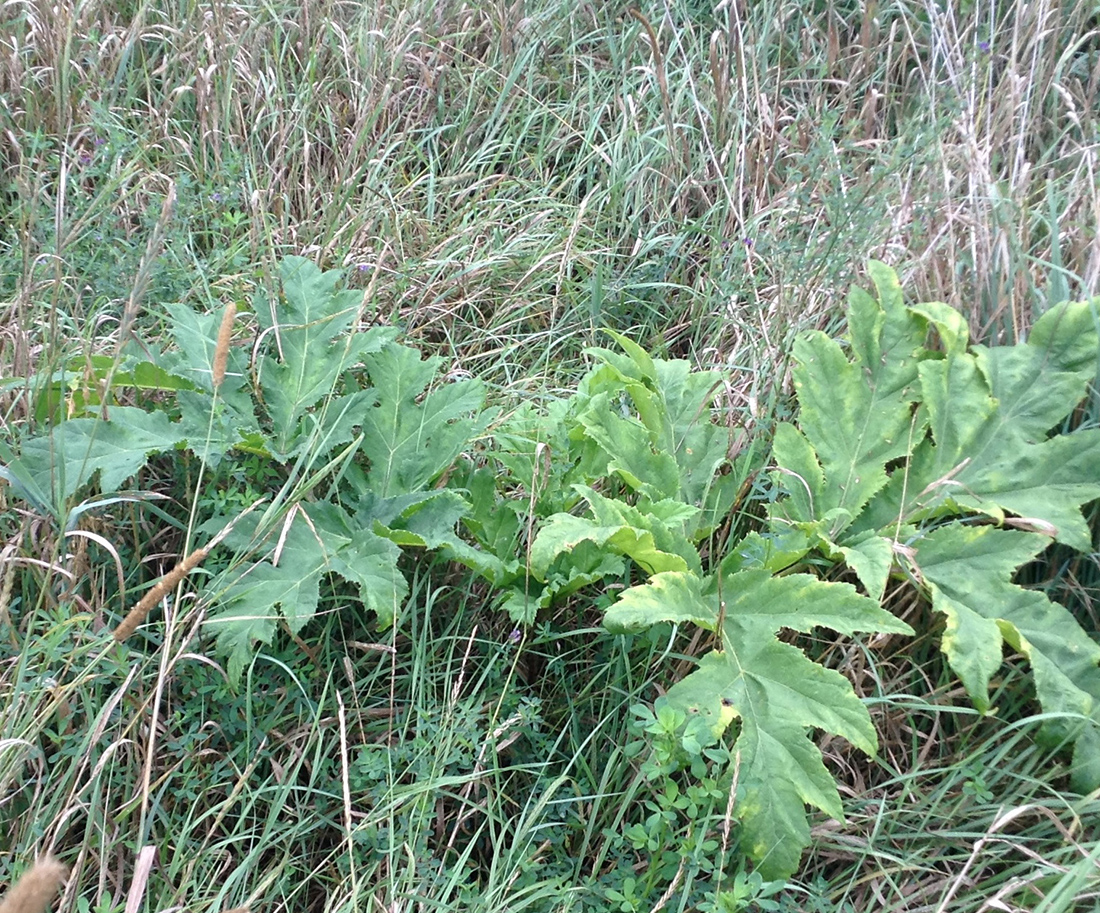
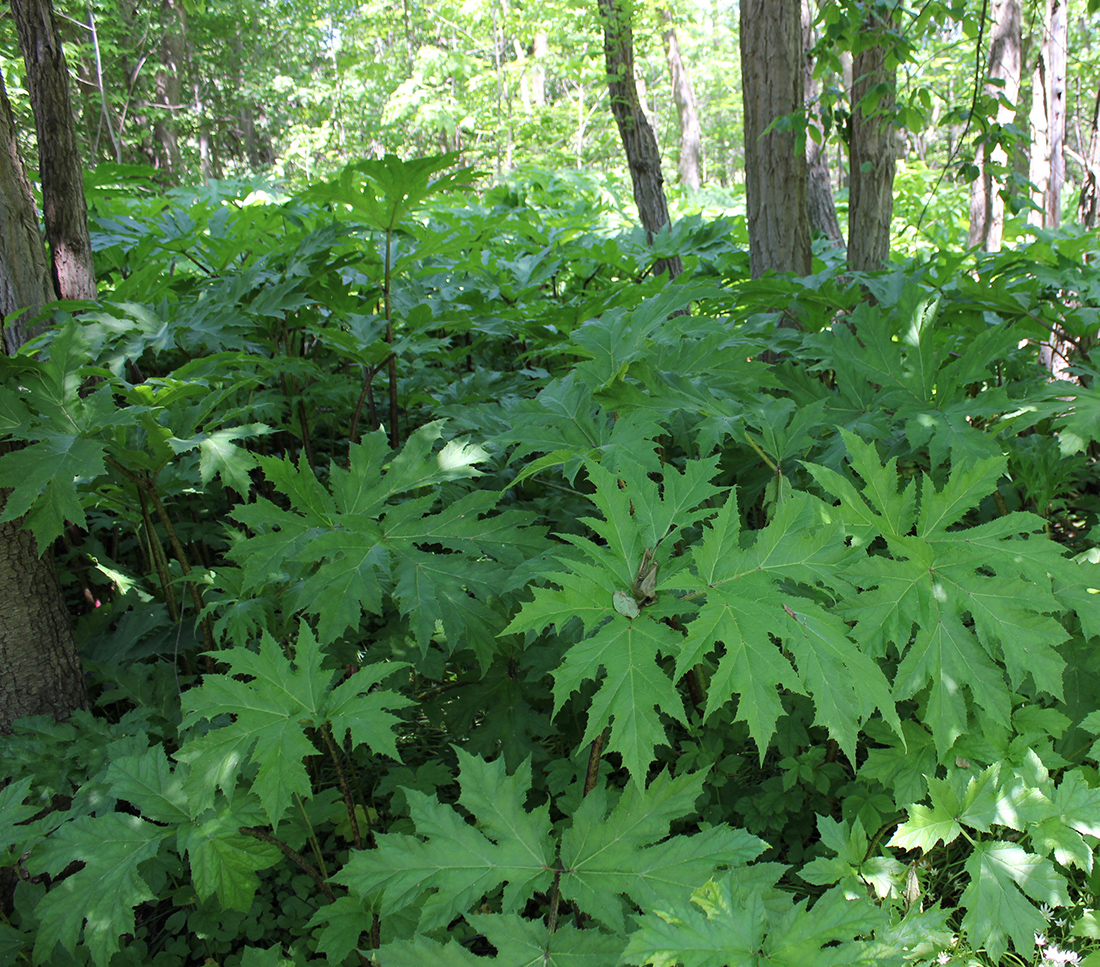
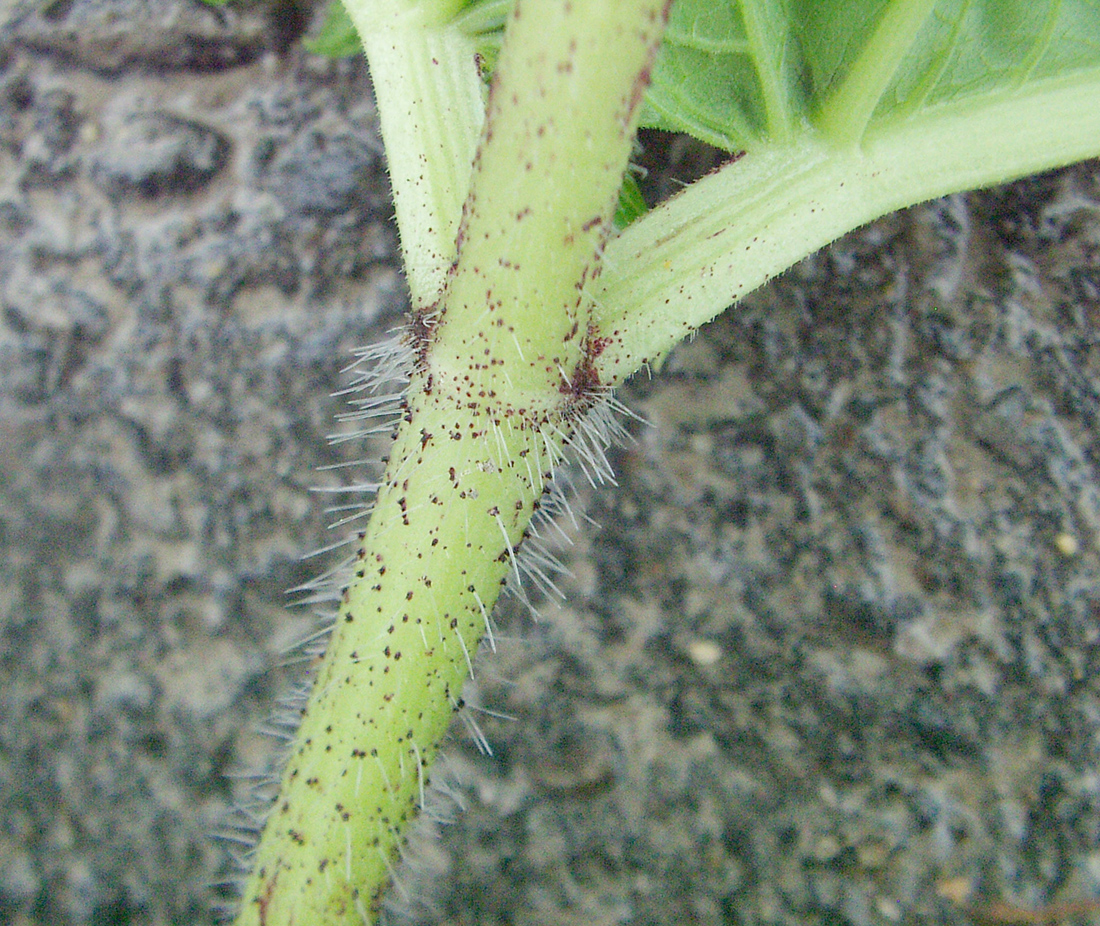
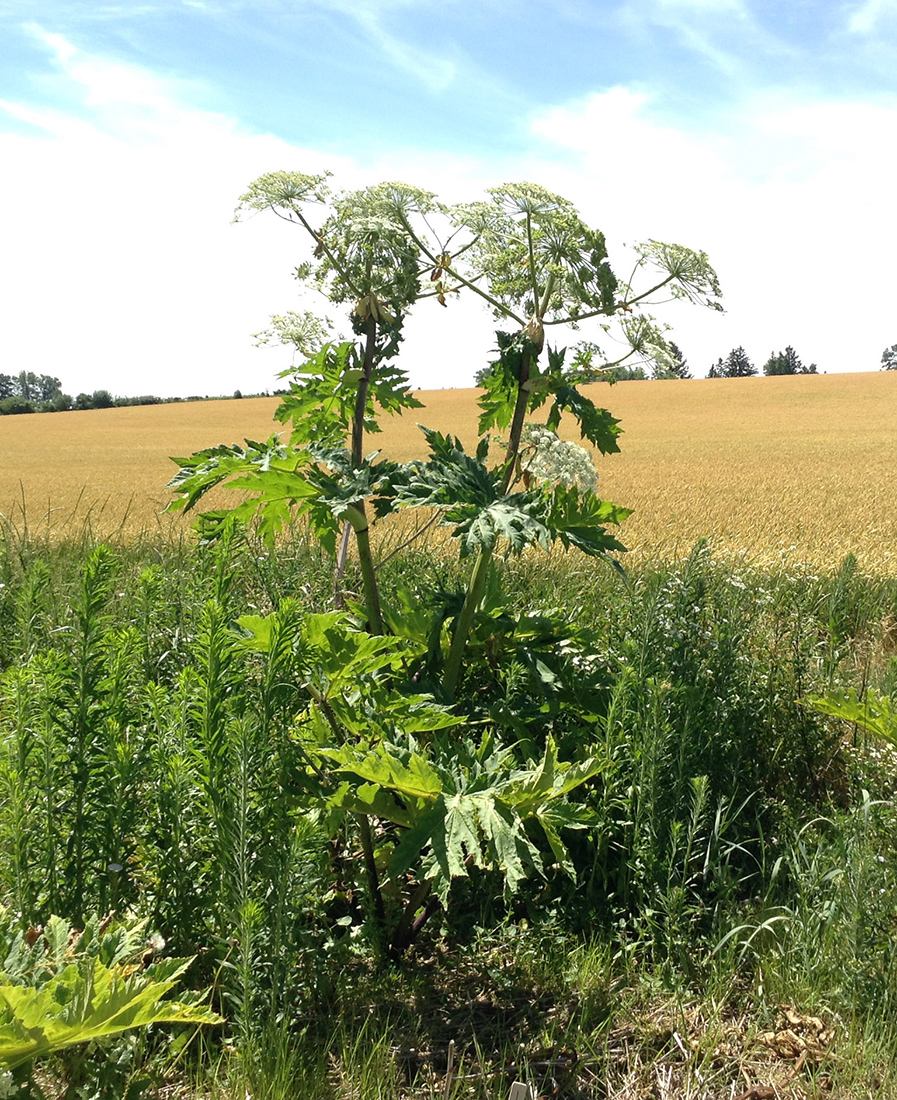
Updated: August 16, 2023
Published: January 13, 2023